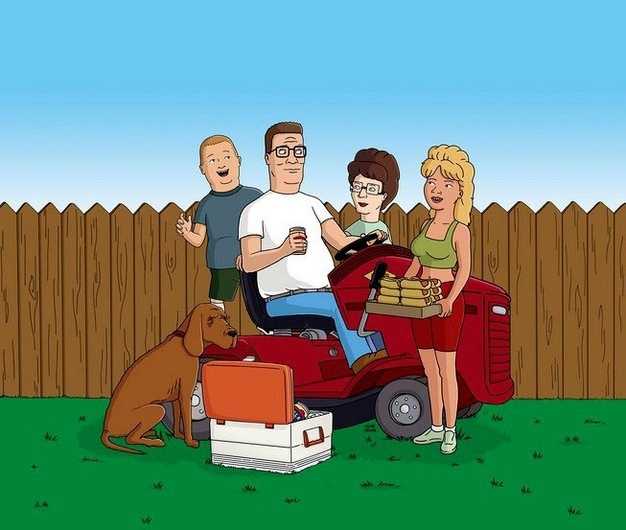
Photo by Vipertruck99
What “Sitcom” means?
The sitcom is a shortened term meaning “Situation comedy”. A situation comedy is a genre of comedy featuring characters who share the same common environment, such as the workplace or home, with humorous dialogue. Sitcom programs originated from the radios, today they are mostly on television as one of the dominant narrative forms.
A situation comedy is a format that is difficult to define but can be recognized instantly when you see it. The situation comedy field is large since it is often a comedy. Situation comedy has undergone several significant features over the years but only end up in the same place. According to this article, I am going to discuss a Short History of American Sitcom.
Short History of American Sitcom
Comedies from the past civilization including the Sudraka in India, Punch, and Judy from Europe, Terence and Plautus in Rome, are ancestors of the modern Sitcoms. Their routine, pratfalls, and characters are similar to the ones in earlier modern situation comedy including The Honeymooners and I Love Lucy. The first TV sitcom is the Pin wright’s progress with 10 episodes being broadcasted in the United Kingdom between the years 1946 and 1947.
During the early days, Sitcoms were programs aired once a week. They were performed lived and therefore the full week was needed so that actors could memorize all of their scripts and also work out on the technical details. Most situation comedies were television versions of established radio programs. Jack Benny sitcom that was aired in the year 1950 to 1965 was a version of a radio program.
The 1950s
During the beginning of 1950s, Desi Arnaz introduced films to be used for Television sitcoms. I Love Lucy became the first Sitcom to record the full episodes on the film. During this period there was an introduction of a live studio audience this made extensive use of various sets.
The 1960s
During this period, there was an expansion of domestic comedy beyond married couples or the nuclear family. My three sons and The Andy Griffith featured single ladies and their children. The Dick Van Dyke show had combines elements of the workplace with domestic comedy. During this period Sitcom developers added more fantastic elements to live-action sitcoms in high concept style.
Situation Comedy production of the 1960s used a single-camera filming style. This enhanced sharp editing and careful creation of special effect, features which were not possible with Multi-camera production. Most of the programs during this period were not filmed before a live audience but feature a laugh track.
The 1970s
Sitcom continued focusing on family life. The makeup of the program changed from white, suburbanites to urban dwellers. Show such as Good times, Jeffersons and Sanford provided humor and tackle some racial issues. Women’s liberation was the backdrop in the series of Rhoda and Mary Tyler.
The 1990s
During this period, cartoon sitcoms were introduced. The shows range from outrageous to shows which substitute cartoons for live actors, such as King of the Hill.
Both studio audience and laugh tracks become scarce in the 2000s, as the film programs took the lead. Many of the shows used extensively on-location filming, relying on editing and camera work to enhance writing.



